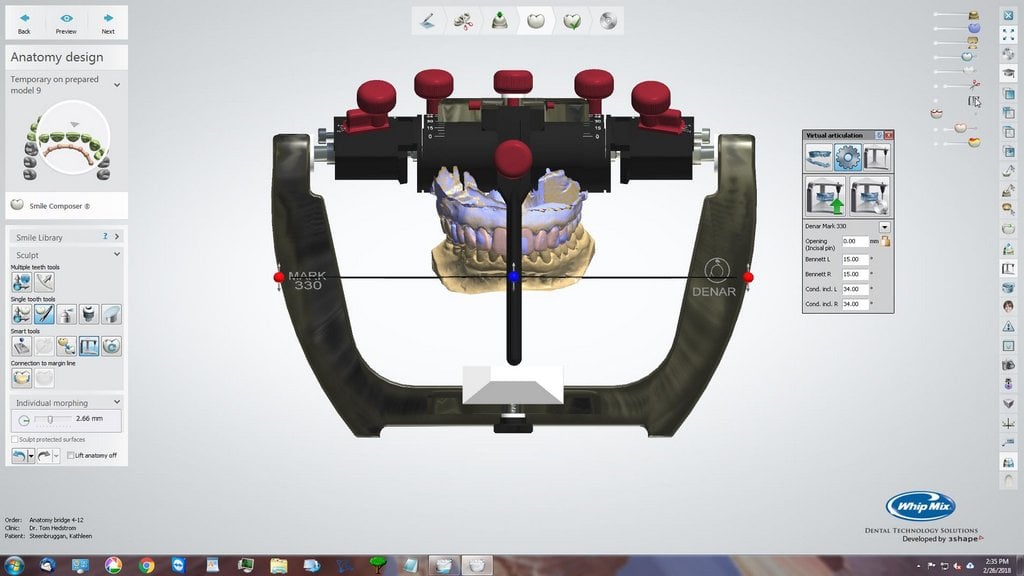 Temporomandibular joint (TMJ) disorder continues to confuse patients, researchers, and health care professionals with its ambiguity. Although no true definition of TMJ disorder currently exists, researchers and health care professionals generally agree that it consists of any functional disturbances of the masticatory system. These include TMJ problems, myofascial pain, and temporomandibular pain. Even without a formal definition, studies show that over 10 million Americans have orofacial pain.1,2 Additionally, 3.6% to 7% of the population has sought treatment because of their severe TMJ disorder, and approximately 33% of the population has at least one TMJ disorder symptom.3,4,5
Temporomandibular joint (TMJ) disorder continues to confuse patients, researchers, and health care professionals with its ambiguity. Although no true definition of TMJ disorder currently exists, researchers and health care professionals generally agree that it consists of any functional disturbances of the masticatory system. These include TMJ problems, myofascial pain, and temporomandibular pain. Even without a formal definition, studies show that over 10 million Americans have orofacial pain.1,2 Additionally, 3.6% to 7% of the population has sought treatment because of their severe TMJ disorder, and approximately 33% of the population has at least one TMJ disorder symptom.3,4,5
Generally, clinicians and researchers identify TMJ disorder based on their patient’s described symptoms. Pain in the head, jaw, face, neck, shoulders, and arms represents the most common symptom that patients experience from TMJ disorder. Other symptoms include occlusal problems, tight or sore jaw muscles, pain or difficulty during mouth opening, noises in the jaw joint, mild headaches, and severe headaches or migraines. Unfortunately, these symptoms can result from complications and problems other than TMJ disorder. This necessitates additional assessment for proper diagnosis.
After initial identification of a potential TMJ disorder, basic information regarding stress, trauma, or previous injuries provides insight to the cause of the TMJ disorder symptoms. Additionally, locating trigger points, typically found in a taut band of muscle fibers, can help identify their source of pain and indicate steps toward providing relief. Checking mandibular range of motion presents another assessment tool, as anything less than 40 mm constitutes restricted mouth opening. Patients should also be able to slide their jaw at least 25% of their total mouth opening to the left and to the right. The last component of examining mandibular range includes observing the presence of abnormal popping or pain when opening.
Further, any noise in the temporomandibular joint directly relates to mandibular range of motion restriction. A healthy joint provides smooth and quiet movement. Therefore, the presence or absence of TMJ vibrations and noises should be confirmed.
Despite these evaluation approaches, according to the National Institute of Dental and Craniofacial Research, no widely accepted definitive diagnostic tests are available for TMJ disorder.6 Clinicians use patient descriptions of their symptoms and diagnostic tools to better understand patients’ pain and prescribe treatment. One tool that offers both relief and insight into a patient’s condition is a deprogrammer. Deprogrammers retrain the masticatory muscles and can provide pain relief within a few minutes. If placed and used regularly, continued pain may indicate a specific jaw joint problem.
While no one definite diagnostic test exists, identifying potential TMJ disorder, understanding the patient’s symptoms, and assessing the patient’s history and current problem areas enables you to eliminate other possible problems. By establishing a stable and comfortable muscle/jaw position, deprogrammers can be invaluable tools in this process.











.png)

Leave a comment